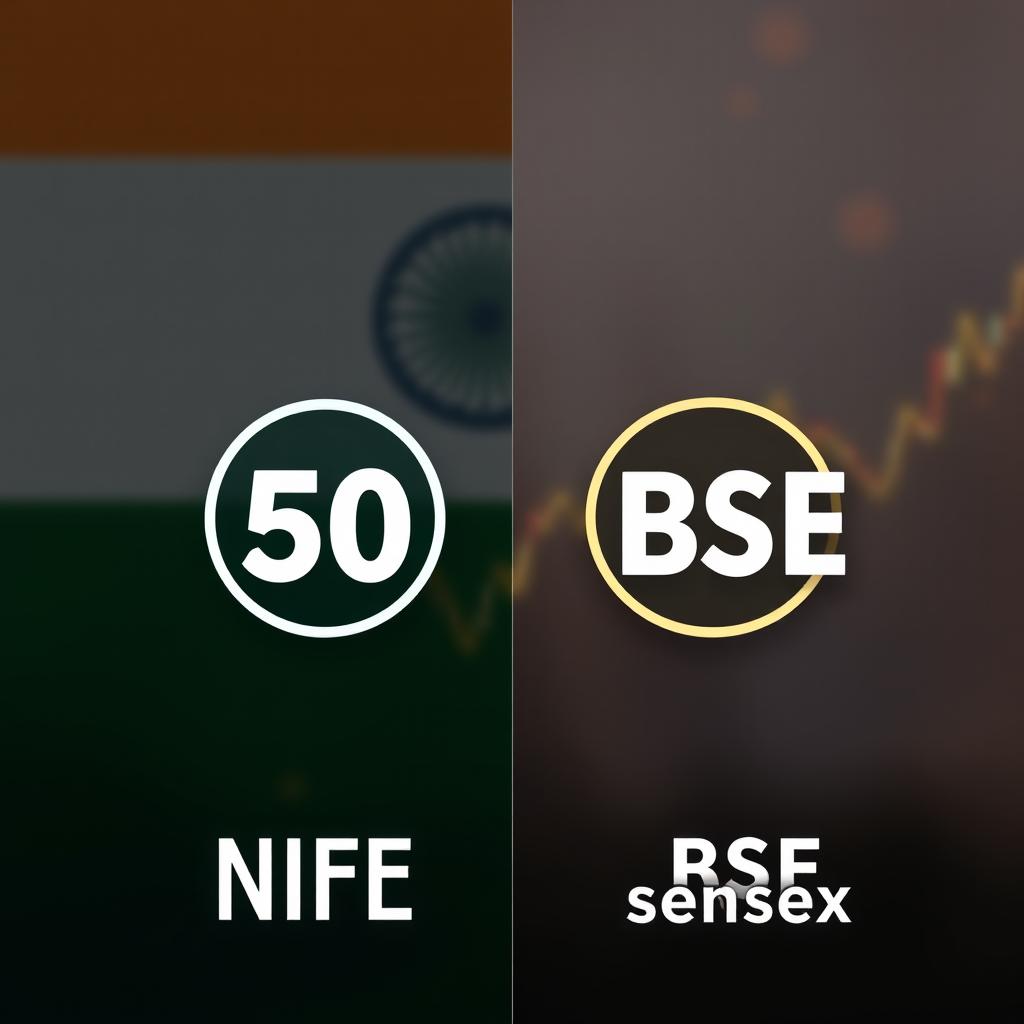By Julie Fernandez, Senior Financial Analyst at Triangle Profits
As we venture deeper into the second half of 2024, the Indian stock market continues to be a focal point for global investors. Amidst the backdrop of global economic turbulence, India remains a bright spot, offering both challenges and opportunities for discerning investors.
The Current Landscape
India’s stock market has demonstrated remarkable resilience in recent times, particularly when juxtaposed against the backdrop of global uncertainties. The Nifty 50 and BSE Sensex, two of the most prominent indices in the Indian market, have managed to maintain a steady upward trajectory, despite intermittent volatility driven by geopolitical tensions, inflationary pressures, and central bank policies worldwide.
Key Sectors Driving Growth
- Technology: With the digital revolution in full swing, technology stocks have been a significant driver of market performance. Companies in the IT and software sectors have reported strong earnings, fueled by the global demand for digital transformation services.
- Banking and Financial Services: The banking sector has shown robust recovery post-pandemic, with improving asset quality and increased credit growth. The push towards financial inclusion and digital banking has further propelled this sector’s growth.
- Pharmaceuticals: The global demand for healthcare solutions has kept the pharmaceutical sector in the spotlight. Indian pharma companies continue to benefit from both domestic and international demand, particularly in the generics market.
Commodities in Focus
In tandem with the equity markets, commodities have also played a pivotal role in shaping the investment landscape. Gold remains a safe haven asset, particularly during times of economic uncertainty. The yellow metal’s prices have seen fluctuations, but the overall trend remains bullish, especially as central banks around the world continue to grapple with inflation.
On the other hand, crude oil has been a wild card. India’s dependence on oil imports means that fluctuations in crude prices have a direct impact on the economy. Recent OPEC decisions and geopolitical factors have led to price volatility, making energy stocks and related sectors worth watching.
Global Influences and Domestic Strengths
While the global economy faces headwinds, including fears of a recession in major economies like the US and Europe, India’s domestic consumption story remains robust. The government’s focus on infrastructure development, coupled with a young and dynamic workforce, positions India uniquely among emerging markets.
However, the market is not without its risks. Inflationary pressures, particularly in food and fuel, continue to be a concern. Moreover, any significant policy missteps by major central banks could trigger capital outflows from emerging markets, including India.
Strategic Takeaways for Investors
For investors, the Indian stock market offers a plethora of opportunities, but it’s crucial to approach with a strategy tailored to the current climate. Diversification remains key—balancing investments between high-growth sectors like technology and pharmaceuticals, and stable sectors such as banking and FMCG.
Furthermore, keeping an eye on commodities, particularly gold and oil, can provide a hedge against market volatility. Investors should also stay informed about global economic trends, as these will inevitably influence market movements in India.
Conclusion: A Market of Potential
In conclusion, the Indian stock market, while subject to the same global forces affecting other markets, stands out due to its strong domestic fundamentals and growth potential. By staying informed and adopting a strategic approach, investors can navigate the complexities of the market and capitalize on the opportunities that lie ahead.













